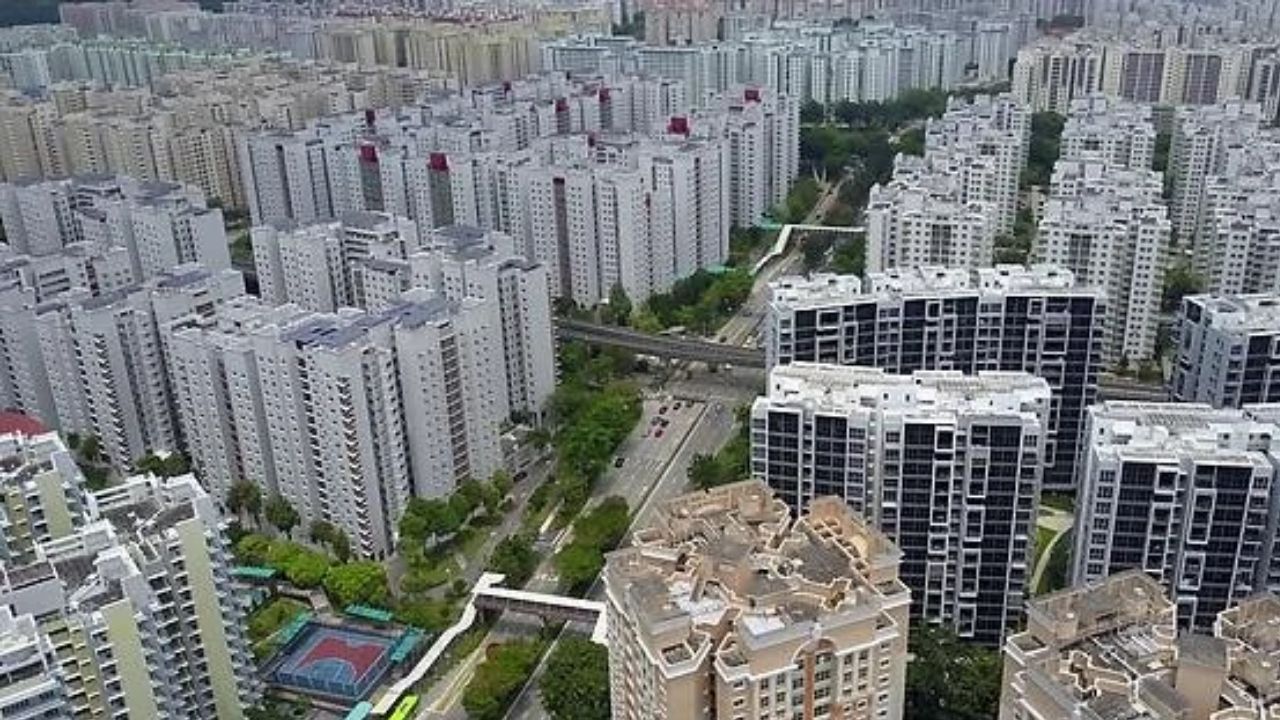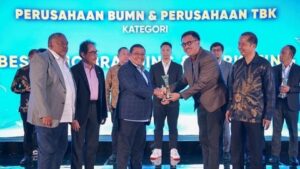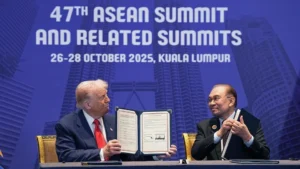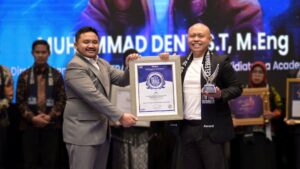Singapore — In the heart of Southeast Asia, a city is quietly crafting a story of transformation. Not just of skyscrapers and transport lines, but of how a nation chooses to live, care, and connect. The Urban Redevelopment Authority (URA) has released its Draft Master Plan 2025, a sweeping blueprint that reimagines Singapore’s next 15 years—not just in concrete, but in compassion.
This is not a mere infrastructure proposal. It’s a declaration of intentional living. From thousands of community voices—nearly 220,000 residents—it gathers hopes and needs, threading them into a plan anchored in four themes: happiness and health, economic vibrancy, climate resilience, and heritage preservation.
Living Close, Living Well
The plan envisions more than 80,000 new homes in areas once reserved for industry or military use—Newton, Paterson, Dover, Defu, and Greater one-north, just to name a few. These are not cookie-cutter estates. They are interwoven spaces: homes above MRTs, food courts beside greenways, walkways leading from your doorstep to a waterfront park. It’s about daily dignity, especially for the elderly, with assisted-living units and community care apartments that redefine what ageing with grace can look like.
Cities of Heart, Not Just Steel
Where once stood airbases and shipyards, now rise dreams: Defu, Sembawang Shipyard, Kranji, and the Greater Southern Waterfront are being sculpted into neighborhoods for the next generation. Urban planners are not just clearing land—they’re designing belonging. Integrated community hubs in Woodlands, Sengkang, and Yio Chu Kang will place sports, health, learning, and recreation within reach of every resident.
And amid all this, the commitment to green never fades. With 25+ new parks, 50 km of park connectors, and 1,300 km of cycling paths, Singapore is laying down roots for a healthier, more harmonious urban life.
Innovation with a Soul
The economic vision is equally bold. Jurong, Tuas, and the Northern Gateway are being recast as next-gen industrial corridors—flexible, future-focused, and transit-connected. Bishan Town Centre will be rejuvenated, and multi-modal hubs will rise near the RTS link to Johor Bahru. Yet these zones aren’t designed for buildings—they’re built for people. The objective is not just GDP growth, but purposeful employment, decentralised opportunity, and creative innovation.
Singapore’s planners are also looking inward—and downward. Underground facilities like Gali Batu in Woodlands will serve new roles in storage and resource management. Meanwhile, the Long Island reclamation project merges flood protection with land creation, marrying engineering vision with climate foresight.
A City That Remembers
Even in its momentum, Singapore pauses to honor memory. More than 20 heritage sites, including the NatSteel Pavilion and Bukit Timah Turf City, are proposed for conservation. New urban corridors like Katong’s pedestrian zone will become living museums, blending tradition with today’s rhythm.
This integration of past and progress offers more than nostalgia—it offers continuity. A sense of self. A reminder that cities, like people, are strongest when they remember where they began.
In an era of urban sprawl and faceless towers, Singapore’s Draft Master Plan 2025 stands apart—for its clarity of purpose, its inclusivity, and its quiet reverence for human lives. It is not simply a map of what will be built, but a mirror of what a city can become when it listens—with heart, with humility, and with hope.
As the plan moves toward implementation, Singapore invites the world to watch—and learn—not just how to build a smart city, but how to shape a wise one.











